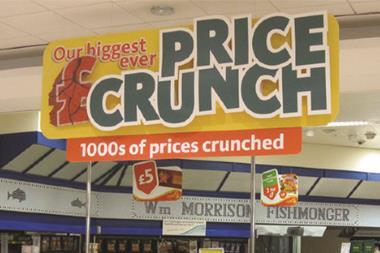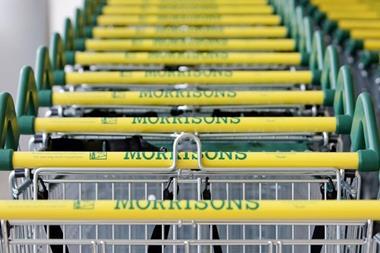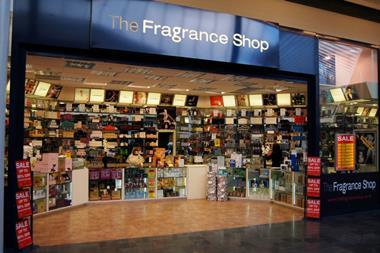Morrisons’ renegotiation of its tie-up with Ocado highlights the difficulties grocers face in running a profitable online food business.
While Morrisons leverages the technology platform and distribution capabilities of Ocado, its profit-sharing agreement with the etailer clearly made it that much more difficult to break even.
The new deal will allow the grocer to fulfil orders from its own stores – and once that becomes operational, it will no longer have to share any profits with Ocado.
That said, investment in store picking and Ocado’s new customer fulfilment centre in Erith means that Morrisons’ break-even point will be “slightly later” than it intended, which was originally planned for 2018.
Store picking versus fulfilment centres
Details on the profitability of the other major grocers’ online operations have been thin on the ground in recent years, which is perhaps a telling sign.
Sainsbury’s believes that it is in a better position than some of its competitors because it fulfils orders from its stores.
While it is currently investing in a dedicated online fulfilment centre to increase capacity in the London market, the grocer’s stores will continue to play a key role. This model allows the online business to share overheads with stores, making it that much easier to generate a profit.
Ocado operates exclusively through fulfilment centres and its margins are therefore boosted if these run at full capacity.
Ocado was able to report its first full-year pre-tax profit in 2014/15 thanks to the original deal with Morrisons, which was widely believed to be more beneficial to the etailer.
However, Ocado will be keeping a watchful eye on Amazon’s recent entry into the sector in London. This, alongside increased competition from more established players, could potentially mean that its distribution centres run at less than full capacity.
Delivery charges
Tesco reported a profit of £127m for its online grocery business in early 2014 – the last time it provided this level of detail.
However, since then it will have faced increased competition in the sector, perhaps highlighted by its move to keep its costs in check by hiking its minimum order spend to £40 earlier this year.
Indeed, research commissioned by Retail Week in late 2015 showed that the costs of delivering groceries are typically between £8 and £9 per order, while most grocers are currently charging considerably less than that.
With net margins in the grocery sector typically running below 5% these days, it is easy to see how challenging it is to run a profitable online grocery business.
Initiatives that could enhance profitability include driving customers towards using click-and-collect, boosting average order values and increasing the proportion of higher-margin goods within those orders.
For now though, the race to capture market share means that it will be business as usual and the true costs of online deliveries are unlikely to be reflected in shoppers’ receipts.
- Philip Wiggenraad is head of research at Retail Week Prospect


























No comments yet